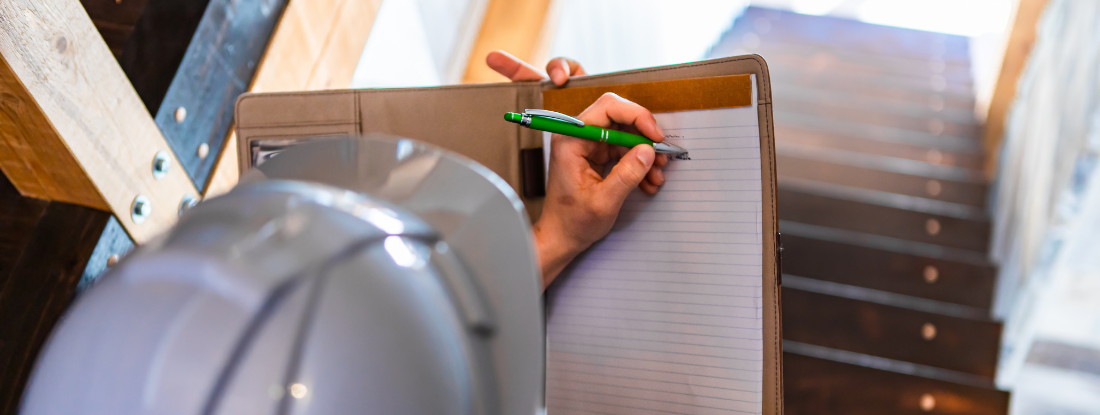Testing Air Quality After Mold Remediation
Testing Air Quality After Mold Remediation
Blog Article
Your Ultimate Guide to Post Mold Removal Methods
Navigating the world of post-mold remediation methods is a meticulous procedure that demands interest to information and a thorough understanding of the complexities involved. In the consequences of mold and mildew infestation, recognizing how to successfully eliminate the mold and mildew and prevent its reoccurrence is paramount for keeping a healthy interior atmosphere. From selecting the appropriate cleaning and disinfecting techniques to applying strategies for long-lasting mold avoidance, each action in the removal journey plays an important duty in ensuring an effective end result. As we start this exploration of post-mold removal techniques, we will certainly discover the essential techniques and ideal techniques that can aid you recover your room to its pre-mold condition and secure it versus future mold and mildew risks.
Recognizing Post-Mold Removal Refine
After completing the mold and mildew remediation process, it is vital to comprehend the post-mold remediation strategies that are required to make sure a reliable and thorough cleaning. Once the mold and mildew has been eliminated, the next action includes cleaning and decontaminating the influenced locations to stop any kind of regrowth of mold and mildew. This consists of utilizing specialized cleaning up representatives to clean down surface areas and eliminate any kind of continuing to be mold and mildew spores. It is important to dry the area totally to prevent the growth of mold in the future (Post Mold remediation cleaning). Proper ventilation and dehumidification can aid in this procedure.
In addition, conducting a last inspection post-remediation is important to make sure that all mold has actually been efficiently eradicated. This inspection needs to involve a detailed visual check along with perhaps air tasting to verify the lack of mold and mildew spores airborne. Added removal might be needed if the inspection exposes any lingering mold. Enlightening passengers on precautionary steps such as controlling wetness degrees and quickly attending to any type of water leakages can help keep a mold-free environment.
Effective Cleaning Up and Disinfecting Techniques

Avoiding Future Mold Growth

Importance of Appropriate Ventilation
Appropriate ventilation plays a crucial role in protecting against moisture build-up, a vital variable in mold growth within interior environments. Efficient ventilation systems assist eliminate excess moisture from the air, reducing the possibilities of mold spores finding the moisture they need to spread out and germinate. Without sufficient ventilation, interior rooms can become a reproduction ground for mold, leading to potential wellness threats and architectural damage.
By guaranteeing proper air circulation, ventilation systems can likewise help in drying out moist areas quicker after water damages or flooding events, even more discouraging mold and mildew growth. Post Mold Remediation. In rooms like restrooms, attics, cooking areas, and cellars where moisture levels have a tendency to be higher, installing and maintaining reliable ventilation systems is essential in preventing mold and mildew infestations

Surveillance and Upkeep Tips
Offered the critical function that appropriate ventilation plays in avoiding mold development, it is necessary to establish effective surveillance and upkeep suggestions to guarantee the continued functionality of air flow systems. Routine assessments of air flow systems ought to be carried out to look for any type of indications of clogs, leaks, or malfunctions that could hinder proper airflow. Tracking moisture degrees within the residential property reference is also vital, as high humidity can add to mold growth. Mounting a hygrometer can help track moisture levels and alert house owners to any type of spikes that might need attention. In addition, ensuring that air filters are routinely cleansed or changed is necessary for preserving the performance of the ventilation system. Implementing a routine for regular maintenance tasks, such as duct cleansing and heating and cooling system examinations, can help protect against concerns prior to they rise. By remaining mindful and positive to the problem of ventilation systems, homeowner can effectively reduce the threat of mold and mildew regrowth and maintain a healthy and balanced indoor setting.
Final Thought
To conclude, post-mold remediation strategies are necessary for ensuring a secure and clean setting. Comprehending the process, applying efficient cleaning and decontaminating approaches, avoiding future mold and mildew development, maintaining correct air flow, and routine tracking are all vital action in the remediation procedure. By adhering to these guidelines, you can efficiently remove mold and mildew and stop its return, working or advertising a healthy and balanced living area for all residents.
In the aftermath of mold infestation, knowing just how to effectively get rid of the mold and avoid its reoccurrence is extremely important for preserving a healthy and balanced interior atmosphere. As soon as the mold has actually been eliminated, the following step entails cleansing and decontaminating the affected locations to stop any regrowth of mold and mildew - After mold remediation. After removing noticeable mold development, it is critical to clean up all surfaces in the damaged area to eliminate any staying mold and mildew spores. To even more boost mold and mildew avoidance procedures, it is vital to deal with underlying issues that at first led to mold advancement.Offered the essential function that appropriate air flow plays in stopping mold and mildew development, it is critical to develop efficient surveillance and upkeep ideas to ensure the ongoing functionality of ventilation systems
Report this page